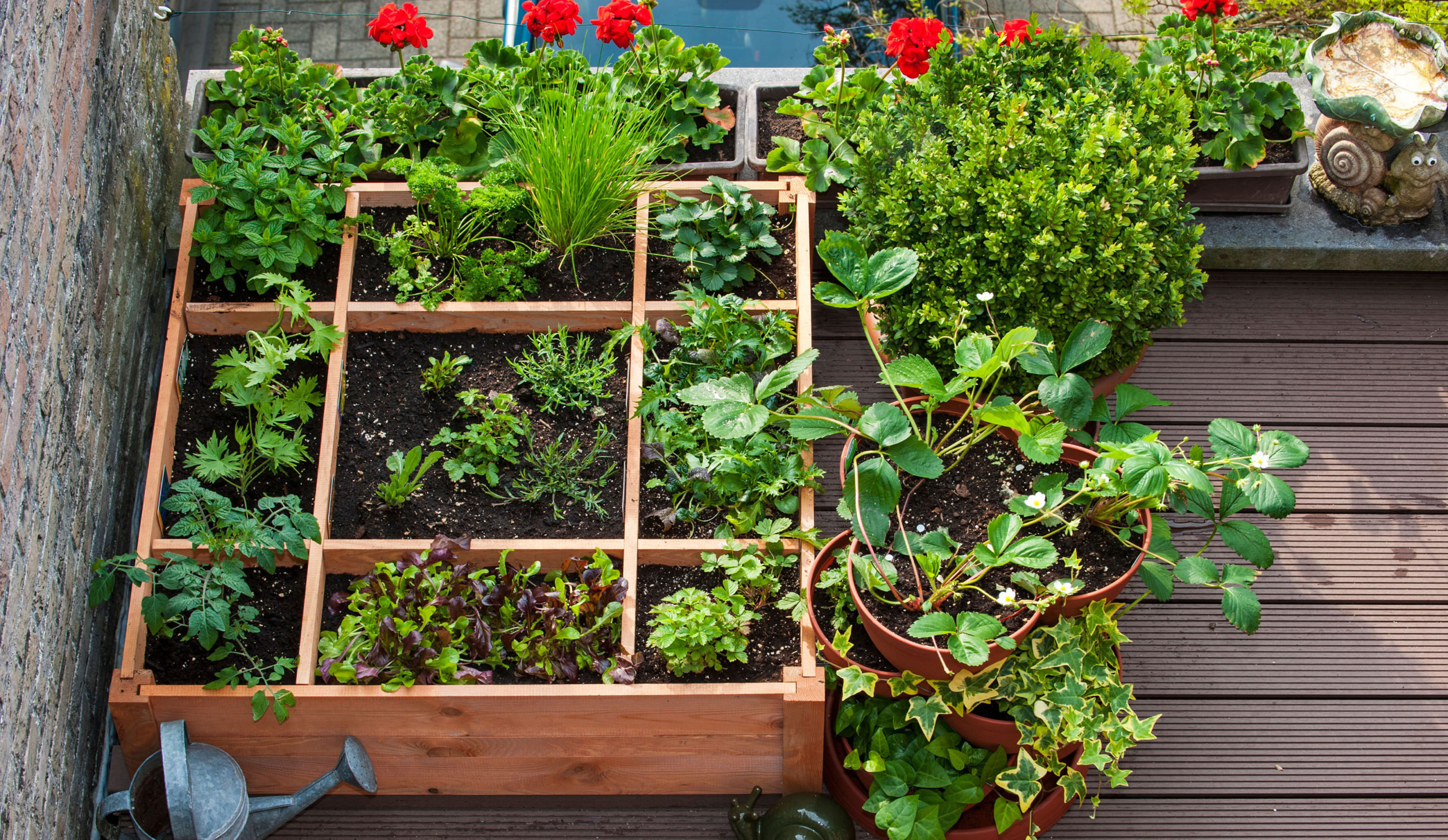Introduction
Gardening on a balcony offers a unique opportunity to bring nature into urban living spaces. Whether you have a small city apartment or a spacious terrace, a balcony garden can provide fresh herbs, vibrant flowers, and even some vegetables. This article explores how to create and maintain a successful garden on a balcony, emphasizing practical strategies, expert advice, and sustainable approaches.
Balcony gardens not only enhance aesthetics but also improve air quality and mental well-being. With limited space and specific challenges like sunlight exposure and wind, understanding the essentials is crucial. This guide covers everything from selecting the right plants to optimizing soil and containers, ensuring your balcony garden flourishes year-round.
Understanding the Basics of Balcony Gardening
Assess Your Balcony’s Environment
Before planting, evaluate your balcony’s conditions:
- Sunlight Exposure: Determine if your balcony receives full sun, partial shade, or mostly shade.
- Wind and Weather: Balconies often experience stronger winds; consider windbreaks or sturdy pots.
- Space and Weight Limits: Know the maximum weight your balcony can support and plan container sizes accordingly.
Understanding these factors helps select suitable plants and containers, preventing common pitfalls.
Choose the Right Containers and Soil
Selecting containers that fit your balcony’s size and style is essential. Opt for:
- Lightweight materials like plastic or fiberglass to reduce load.
- Self-watering pots to maintain consistent moisture.
- Adequate drainage holes to avoid waterlogging.
Use high-quality potting mix designed for container gardening. These mixes are lighter and retain moisture while providing necessary nutrients.
Selecting Plants Ideal for Balcony Gardens
Best Plants for Limited Space
Choose plants that thrive in containers and limited spaces. Some expert recommendations include:
- Herbs: Basil, mint, parsley, and thyme grow well in small pots.
- Vegetables: Cherry tomatoes, radishes, and lettuce varieties are productive and compact.
- Flowers: Petunias, marigolds, and pansies add color and attract pollinators.
Consider Sunlight and Climate
Match plant choices to your balcony’s sunlight:
- Full Sun: Tomatoes, peppers, and sun-loving herbs.
- Partial Shade: Lettuce, spinach, and some flowering plants.
- Shade: Ferns and certain herbs like mint.
Experts recommend grouping plants with similar light and water needs to simplify care.
Effective Maintenance and Care Practices
Watering Techniques
Container plants dry out faster. Use these tips:
- Water early in the morning or late in the evening to reduce evaporation.
- Check soil moisture daily, especially during hot weather.
- Employ self-watering containers or drip irrigation for consistent hydration.
Fertilizing and Soil Health
Since nutrients deplete quickly in containers, regular feeding is vital:
- Use balanced, slow-release fertilizers tailored for container plants.
- Incorporate organic compost or worm castings to enrich soil.
- Repot or refresh soil annually to maintain fertility.
Managing Pests and Diseases
Balcony gardens can attract pests like aphids or spider mites. Effective strategies include:
- Introducing beneficial insects such as ladybugs.
- Using organic insecticidal soaps.
- Regularly inspecting plants and removing affected leaves promptly.
Maximizing Space and Aesthetic Appeal
Vertical Gardening Solutions
Utilize vertical space with:
- Wall-mounted planters or trellises.
- Hanging baskets for trailing plants.
- Stacked or tiered plant stands.
These methods increase planting area without crowding the floor.
Design Tips for a Balanced Look
Create a visually appealing balcony garden by:
- Mixing plant heights and textures.
- Choosing pots with complementary colors and designs.
- Adding decorative elements like fairy lights or small sculptures.
Conclusion
Creating a thriving garden on a balcony is both rewarding and achievable with the right approach. By assessing your space, selecting suitable plants, and maintaining proper care routines, you can transform your balcony into a lush, green oasis. Remember, patience and observation are key—adjust your strategies based on plant responses and environmental changes.
Start small, experiment, and enjoy the process of connecting with nature even in urban settings. Your balcony garden not only beautifies your home but also contributes positively to your health and well-being. Take the first step today to cultivate your personal green retreat!
